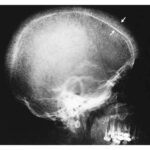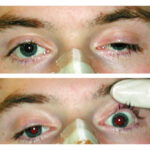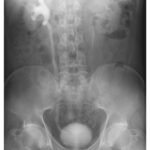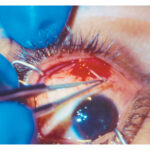A 66-year-old man with exertional angina suffers cardiac arrest. Angiography reveals a surprising cause: a coronary artery tunneling through the myocardium.
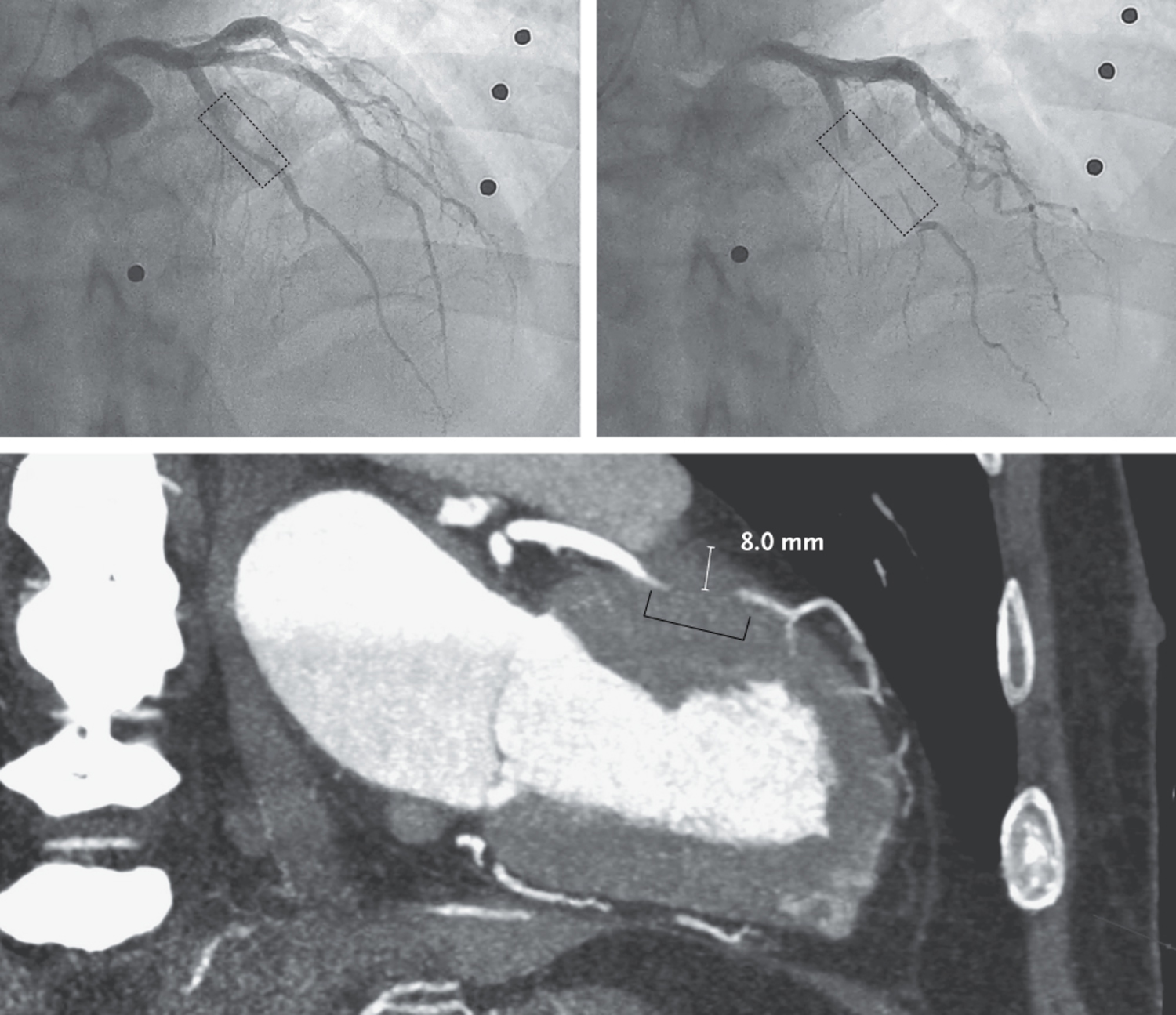
A 66-year-old man with a history of hypertension, diabetes mellitus, and ischemic stroke was transferred to a tertiary hospital after a cardiac arrest. For 6 months before presentation, he had recurrent exertional angina but had not sought evaluation. On the morning of the cardiac arrest, he had woken up with chest pain, lost consciousness, and regained consciousness after brief cardiopulmonary resuscitation by his family. On transfer to the tertiary hospital, findings from a physical examination and a transthoracic echocardiogram were normal. Coronary angiography revealed 50% stenosis in the middle left anterior descending (LAD) coronary artery during diastole (upper left) with complete occlusion during systole (upper right) and sluggish distal flow. Which of the following is NOT a recommended therapy for this condition?
